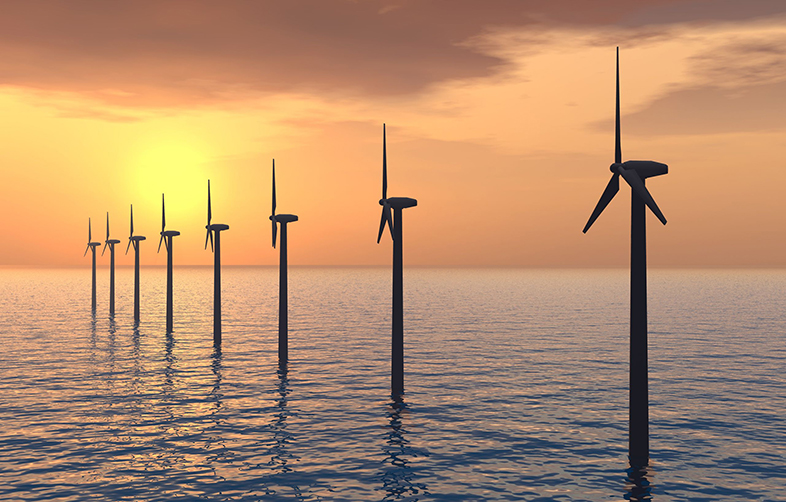10 Economics of hydroelectricity
Potential investors in hydroelectricity need to know how much each kWh of output will cost, taking all relevant factors into consideration:
- capital cost
- operation and maintenance costs
- predicted lifetime and capacity factor
- external factors such as the discount rate, which determines the cost of borrowing money over a period of time.
As hydroelectricity is well-established, much of this information is easily available – the water-control systems, turbo-generators and output controls are standard items, covering a power range from a few hundred watts to hundreds of megawatts with the expected lifetime of 20–25 years for the machinery, and 50-100 years for the external structures, but it is difficult to assess the cost combination of the extremely site-specific construction costs and heavy ‘front-end loading’. The dominant factor in determining the cost per unit of hydro output is the initial capital cost, and a major part of this can be the civil engineering costs, which vary greatly from site to site.
An interesting study of hydro potential in the USA (Hall et al., 2003) assessed the costs for over two thousand sites with potential hydro capacities in the range 1–1300 MW. About half of these were ‘green-field’ sites, with no existing dams or hydro plants, and the estimated development costs for these, based on data for similar existing plants, fell mainly in the range $2000–$4000 per kW. (At the time of writing inflation would have increased these initial costs to about $2400–$4800 or approximately £1500–£3000 per kW.)
The civil engineering works typically accounted for 65–75% of this unit cost, whilst meeting the environmental and other criteria necessary for a licence added another 15–20%. In all, 85–95% of the capital cost was ‘site’ cost, with the turbo-generator and control systems accounting for only 10% or so, and with no fuel costs, and relatively low operation and maintenance costs, it is the annual repayments of these initial costs that dominate the cost of the electricity.
However a fairly recent (2014) report from Oxford University [Tip: hold Ctrl and click a link to open it in a new tab. (Hide tip)] (Ansar et al., 2014) suggests that the majority of large hydro dams are not economically viable investments, mainly due to their final capital costs greatly over-running their initially estimated costs. Three quarters of all large dam projects studied had cost overruns and half of all projects were more than 27% over budget. Average costs were nearly twice the estimated cost (Ansar et al., 2014). Although a similar proportion of other large power station projects also suffer cost overruns the average overrun is higher for hydro than for nuclear or thermal (Sovacool et al., 2014). Coupled with the heavy ‘front-end loading’ of costs mentioned above this may have a significant impact on economic viability.
Once built it is a different story. The investors, whether private or public sector, cannot recover their investment by “unbuilding” the dam (the construction cost being at that point which economists describe as a ‘sunk cost’) and will only recover any of it by generating electricity.
For the final section this week, you will look at the future prospects for hydro.
